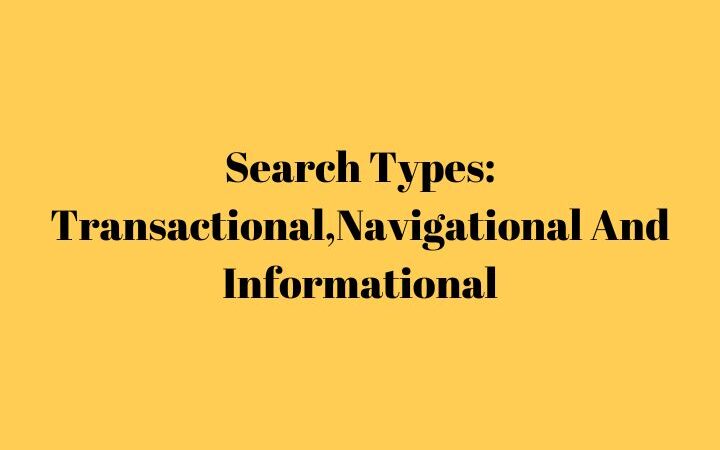What Is Transactional Marketing? What Are The Advantages And Disadvantages Of Transactional Marketing?

Transactional Marketing is a discipline that seeks to satisfy the customer through the exchange (transaction) of goods or services. In Transactional Marketing, the priority is the sale to achieve business objectives, for this reason we work in the short term in the search for immediate profit.
Table of Contents
What Is Transactional Marketing?
Transactional Marketing makes you pay all your attention to the product , so your efforts are directed to making the customer know and appreciate all the benefits and characteristics of it. Efforts in loyalty and customer service are not important, since their main purpose is to close the sale with the economic transaction as the priority objective.
It uses strategies to quickly attract attention, surprise and differentiate, in search of an immediate impact that favors the sale. Companies that apply Transactional Marketing are thinking as their main objective to increase their sales.
What Is Transactional Marketing Particularly About?
In reality, Transactional marketing is centered on the act of purchasing at a T moment. Before, it was customary to learn in business school the rule of the 4 Ps: product, promotion, price, place; or how to sell the right product at the right time and to the right target. During the last decade of the 20th century, a paradigm shift has been observed: the customer is now at the heart of the process and development strategies of commercial brands.
In fact, transactional and short-term marketing has been enriched by another type of more or less individualized, long-term marketing that fits into an economic exchange perspective, but also social: it is here is relationship marketing.
Since then, interest in this approach has grown steadily; but it should be noted that in reality, it was already practiced in the past. The originality to be emphasized instead, is that it can now be applied, thanks to technological progress, to a multitude of people.
What Are The Advantages And Disadvantages Of Transactional Marketing?
It provides a series of benefits to the company, among which we can mainly highlight:
Advantages
- Focusing on the product or service, its quality is optimized to increase sales. Customers are increasingly demanding and competition is very broad, with better quality products differentiation is achieved, which is the key to purchasing in many cases.
- The Internet facilitates mass campaigns to sell products.
- Give some reasons to the customer to make the purchase. Use calls to action and messages that encourage purchase.
- The Short-term sales and profits increases
Disadvantages
Being focused, almost entirely on the product or service, it neglects other areas of great importance, that is why this type of discipline has some disadvantages. The main drawbacks of using Transactional Marketing are:
- The customer only participates in the purchase.
- There is no feedback (two-way communication between customer and consumer).
- It is not focused on improving the user experience , ignoring the information available to the customer.
- It Increases the advertising costs.
- You need to define the target audience and the dissemination platforms, to make the sales campaigns work.
- Transactional Marketing is not a customer loyalty tool that allows you to increase your database of reliable customers. Only interested in obtaining the purchase if the customer returns in the future.
What Are The Examples Of Transactional Marketing?
The increase in the number of online stores makes many companies choose to carry out Transactional Marketing actions to increase their sales. They are aggressive actions that promote offering a lot of information about the products and make calls to action.
These campaigns make use of email marketing, sending emails with calls to action such as “sign up and get a 15% discount” or “get a discount voucher after your first purchase”. They are actions called to generate short-term sales and increase the income of e-commerce.






